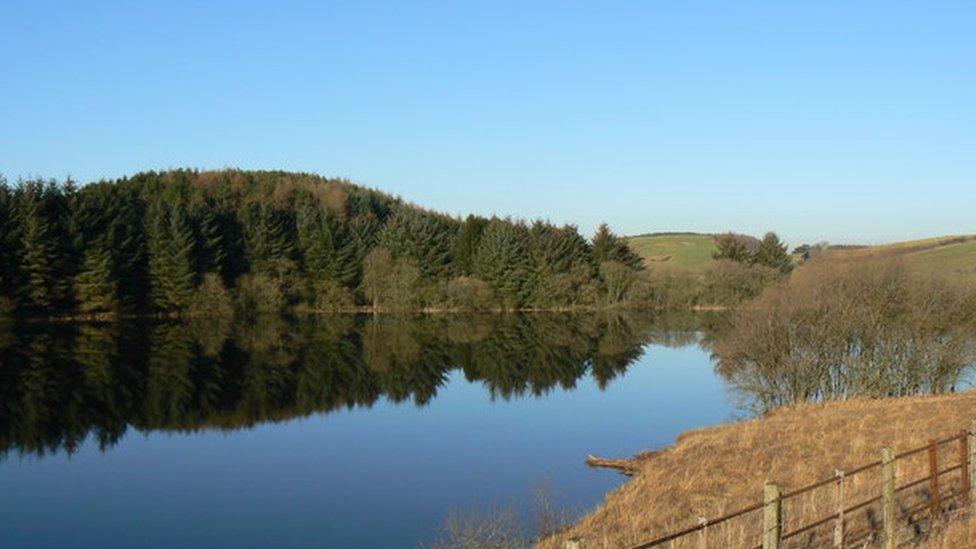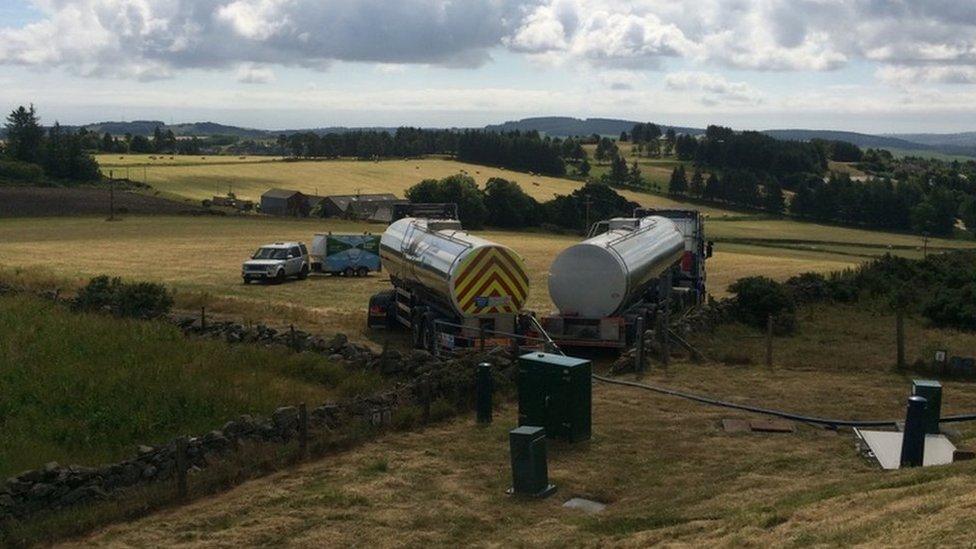Water scarcity 'significant' in many areas of Scotland
- Published

Significant rainfall is needed to get water back up to near-normal levels
It will take a month of exceptional rainfall for Scotland's water levels to return to near-normal levels according to the latest water-scarcity report.
The weekly document from the Scottish Environment Protection Agency (Sepa) shows that many parts of the country are now on the highest level of alert.
North East Scotland, North Highland and the Clyde, Ayr and Irvine have moved to "significant scarcity".
Scottish Water is continuing to appeal to people to use water "wisely."
Despite rainfall experienced in some parts this week, it has not been enough to exceed the evaporation levels meaning rivers remain low.
A deluge of rain is now forecast but Sepa says there is "a great deal of uncertainty" about how far inland it will fall.
Driest spell
Inland rainfall would be the best way of topping up rivers and increasing water levels.
Sepa suggests it is "highly likely" that by the end of July Scotland will have experienced its driest six-month period since 1984.
Despite this prediction, it says there is still no threat to the public water network.
Bottled water has been made available to residents in some parts of Moray who have private water supplies.
This area of north east Scotland has been on red-alert for several weeks.
River beds have become exposed and water temperatures have risen posing a threat to plants, fish and other animals.
- Published23 July 2018

- Published18 July 2018

- Published17 July 2018
